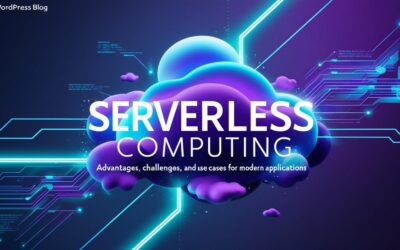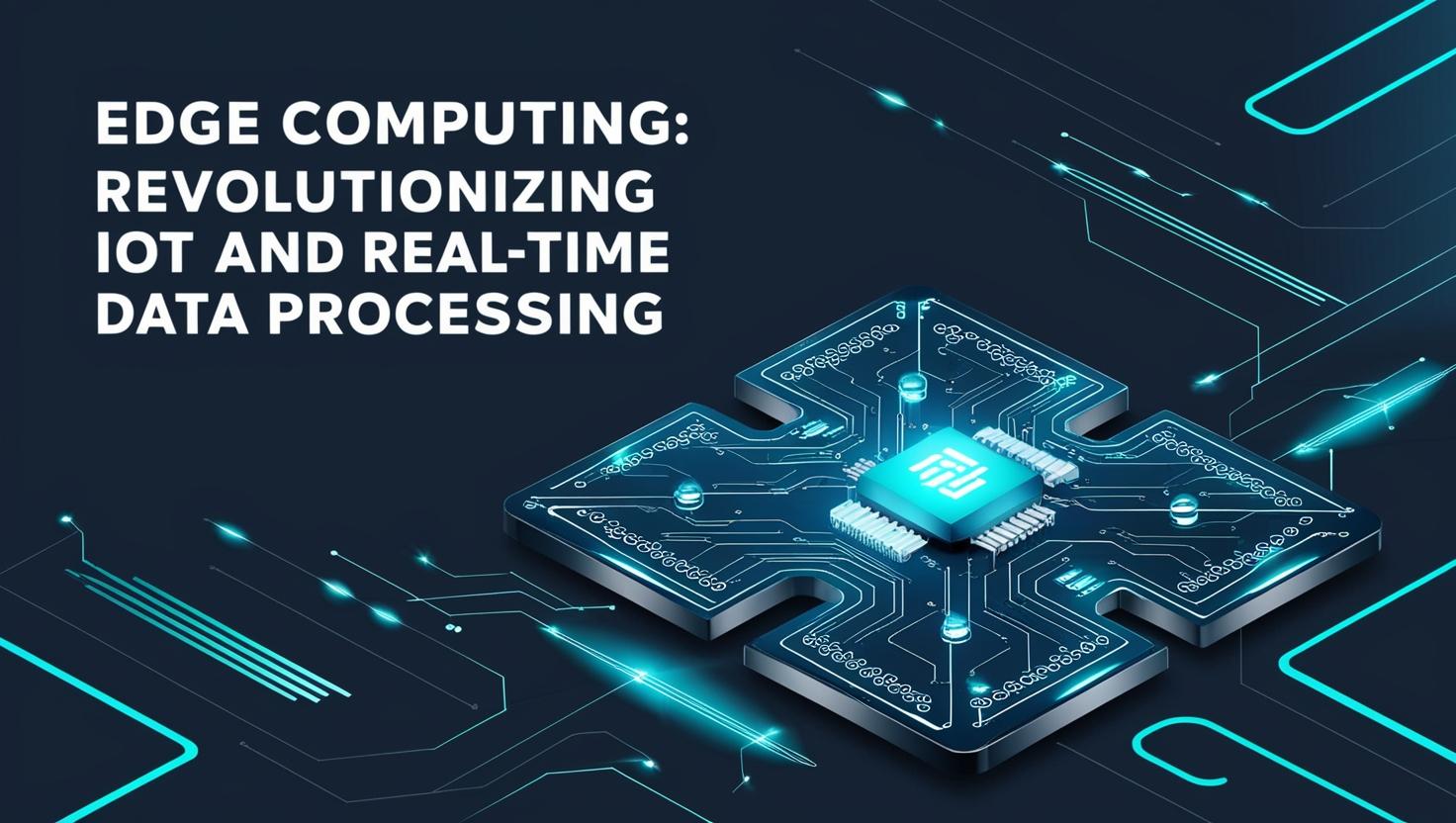Introduction
In an era where milliseconds matter, edge computing is redefining how the Internet of Things (IoT) operates. By processing data closer to its source—rather than relying on distant cloud servers—this technology slashes latency, boosts efficiency, and unlocks groundbreaking applications. From self-driving cars to remote patient monitoring, edge computing is the silent force powering the next wave of IoT innovation. Let’s dive into how this transformative approach is reshaping industries and solving critical challenges in real-time data management.
The Rise of Edge Computing in IoT
The explosion of IoT devices—projected to exceed 29 billion by 2030—has exposed the limitations of traditional cloud computing. Transmitting massive data volumes to centralized servers introduces delays, bandwidth bottlenecks, and security risks. Enter edge computing, which decentralizes processing by analyzing data at or near the device level.
- Latency Reduction: Edge systems cut response times from 100ms (cloud) to under 5ms, enabling split-second decisions for critical tasks.
- Bandwidth Savings: Local processing reduces data sent to the cloud, trimming bandwidth costs by 60% (Gartner, 2024).
- Offline Functionality: Edge devices operate reliably even with spotty connectivity, vital for remote oil rigs or rural healthcare clinics.
The global edge computing market is booming, forecasted to grow from $40 billion in 2023 to $155 billion by 2030 (Grand View Research), driven by industries demanding real-time insights.
Key Applications Transforming Industries
Autonomous Vehicles
Self-driving cars generate 4TB of data daily (Intel, 2023). Edge computing processes this data locally, allowing vehicles to instantly detect obstacles, adjust routes, or brake without waiting for cloud feedback. Tesla’s Autopilot, for example, uses onboard edge systems to analyze camera feeds in real time, reducing accident risks by 30% in trials (McKinsey, 2023).
Smart Manufacturing
Factories are deploying edge devices to predict equipment failures before they occur. Siemens’ edge-powered sensors monitor machinery vibrations, identifying anomalies 48 hours in advance and slashing downtime by 20% (Siemens Case Study, 2024). Real-time quality control systems also use edge AI to inspect products on assembly lines, reducing defects by 15% in automotive plants.
Remote Healthcare Monitoring
Wearables with edge capabilities, like ECG patches, analyze heart rhythms locally and alert doctors to irregularities within seconds. A Johns Hopkins study found this approach cut hospital readmissions by 15% by enabling early interventions for cardiac patients. During the COVID-19 pandemic, edge devices facilitated remote triage in rural areas, reducing ER overcrowding.
Benefits and Challenges of Edge Computing
Advantages:
- Real-Time Decisions: Critical for applications like autonomous drones or emergency response systems.
- Enhanced Privacy: Sensitive data (e.g., patient records) stays on-premises, minimizing breach risks.
- Scalability: Edge networks easily expand by adding local nodes, avoiding cloud infrastructure costs.
Challenges:
- Security Vulnerabilities: Decentralized devices can be hacking targets—43% of businesses cite edge security as a top concern (Cisco, 2023).
- Upfront Costs: Deploying edge infrastructure requires significant investment in hardware and training.
- Integration Complexity: Merging edge systems with legacy IT architectures can be technically demanding.
Actionable Insights for Implementation
For businesses adopting edge computing:
- Start with a Pilot: Test edge solutions in a controlled environment, like a single production line or clinic.
- Prioritize Security: Opt for devices with built-in encryption (e.g., Microsoft Azure Sphere) and conduct regular firmware updates.
- Leverage Hybrid Models: Combine edge and cloud systems—use the edge for real-time processing and the cloud for long-term analytics.
- Partner with Experts: Platforms like AWS Wavelength and IBM Edge Application Manager offer pre-configured solutions to simplify deployment.
Case Study: Walmart reduced out-of-stock errors by 90% using edge-powered AI cameras that track inventory in real time (Forbes, 2024).
Conclusion
Edge computing is no longer a futuristic concept—it’s a necessity for industries racing to harness IoT’s full potential. By enabling faster decisions, reducing costs, and enhancing reliability, this technology is powering smarter cities, safer vehicles, and more responsive healthcare. While challenges like security and integration persist, the rewards far outweigh the risks for early adopters.
Citations:
- Statista (IoT Growth): https://statista.com/iot-devices
- Grand View Research (Market Forecast): https://grandviewresearch.com/edge-computing
- Siemens Case Study: https://siemens.com/edge-manufacturing
- Cisco Security Report: https://cisco.com/edge-security


















